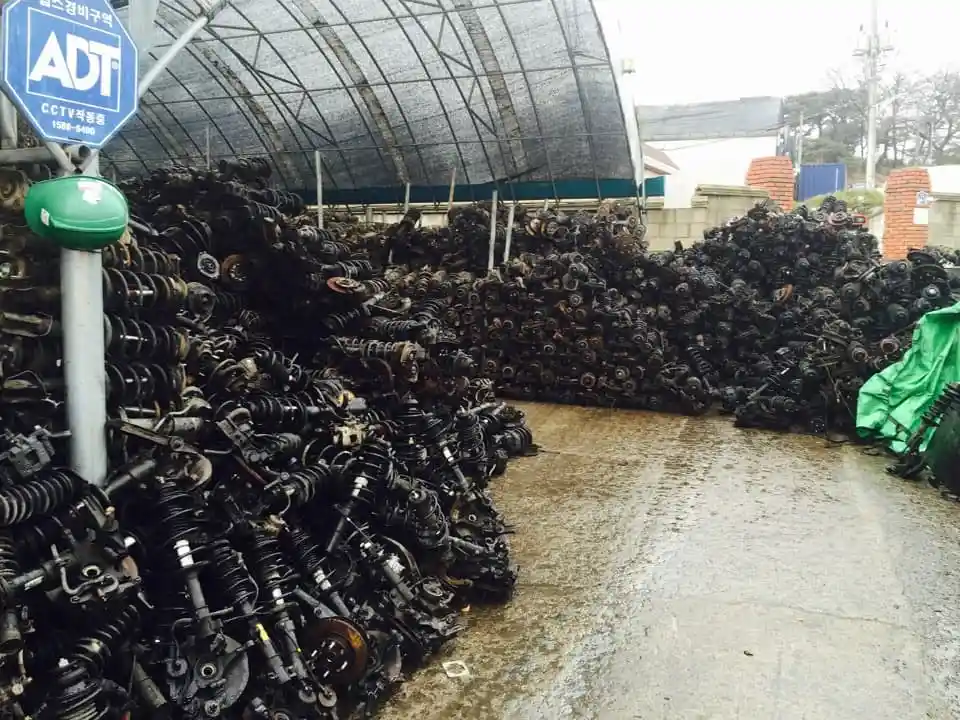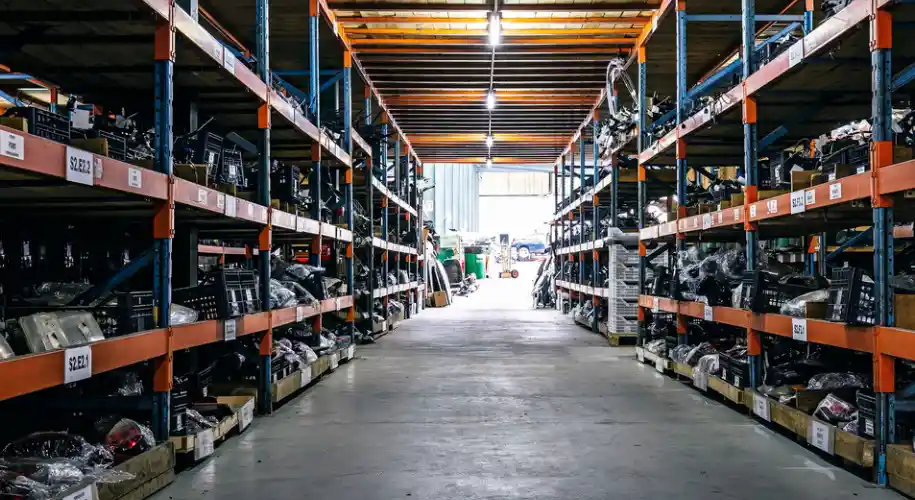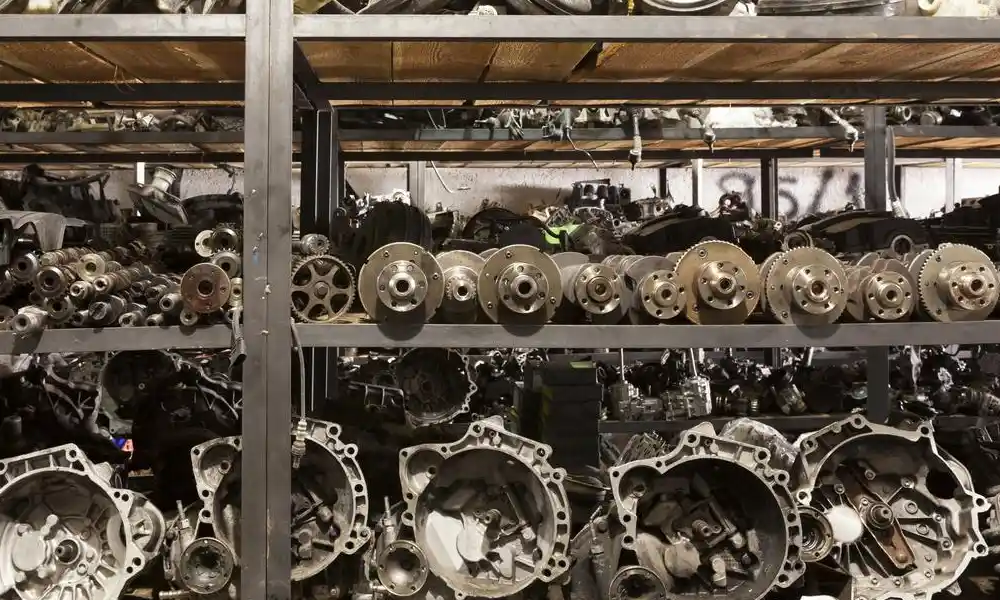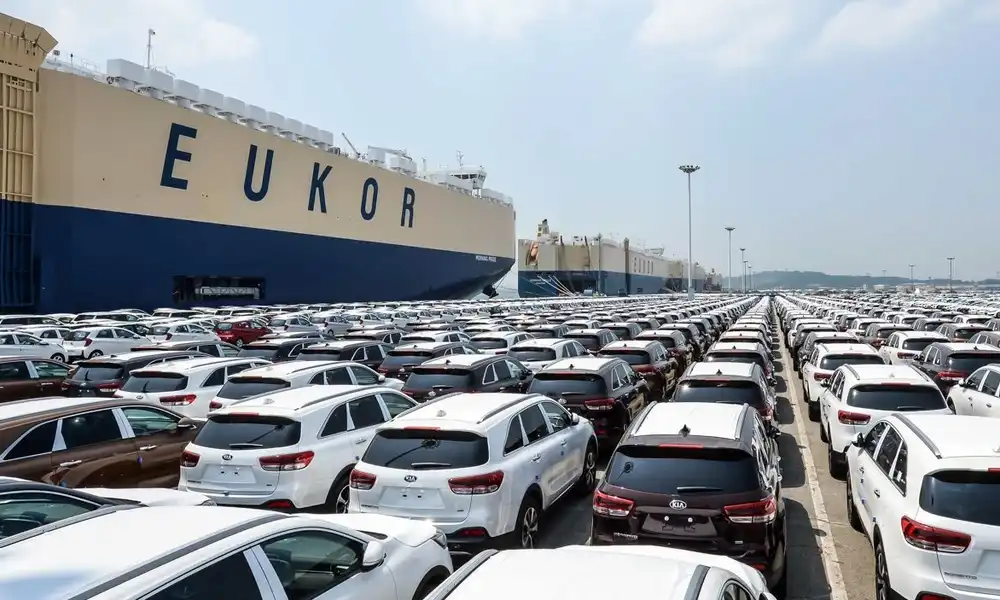Korean used auto parts offer exceptional value for global buyers due to their quality, affordability, and compatibility. With surplus parts from Hyundai and Kia models, importing from Korea ensures access to reliable components while saving 30–70% compared to new parts. Learn how to import smartly and securely.
UsedCarKorea.com
The global demand for affordable, high-quality vehicle components is pushing buyers toward Korean used auto parts. Known for strict quality standards and a consistent supply from top brands like Hyundai and Kia, Korea has become a top source for importers seeking cost-effective and compatible used car parts.
The global auto parts industry is undergoing a significant shift. With rising prices of new components, unpredictable global supply chains, and the growing push toward sustainable consumption, more international buyers are turning to Korean used auto parts as a reliable and cost-effective solution. South Korea, known for its automotive giants like Hyundai, Kia, and Genesis, has become a hub for high-quality, affordable, and widely compatible used auto parts. In this comprehensive guide, we explore why Korean used car parts are gaining global traction and how you can successfully import them for personal or commercial use.
Table of Contents

The Rise of Korea in the Global Used Auto Parts Market
South Korea’s strong domestic automotive industry plays a key role in its surplus of high-quality used parts. Korean drivers often replace vehicles frequently due to evolving technology, leasing trends, and government incentives for scrapping older models. This results in a consistent supply of used engines, transmissions, body parts, and electronic systems that are still in excellent condition.
Key Advantages of Korean Used Auto Parts:
- High Standards of Quality: Korean vehicles are manufactured with precision, and used parts often come from cars with low mileage.
- Eco-Friendly: Reusing auto parts reduces environmental waste and supports circular economy practices.
- Cost Savings: Buyers can save 30% to 70% compared to new OEM parts.
- Global Compatibility: Korean car parts fit not only Korean models but also rebadged versions sold in markets like the U.S., Europe, and the Middle East.
What Types of Korean Used Auto Parts Are Available?
You can find a wide selection of components in the Korean used auto parts market, including:
Mechanical Components:
- Engines (gasoline, diesel, hybrid)
- Transmissions (manual & automatic)
- Gearboxes
Body Parts:
- Bumpers, doors, trunks, fenders
- Windshields and windows
- Side mirrors, headlamps, and tail lights
Electrical Systems:
- ECUs (Engine Control Units)
- Alternators, starters
- Sensors and wiring harnesses
Interior Parts:
- Seats, dashboards, steering wheels
- Multimedia systems
- Air conditioning components
Suspension & Braking Systems:
- Shock absorbers, springs, control arms
- Disc brakes, calipers, ABS units
Most reputable Korean exporters inspect, clean, and properly package these parts before export. Companies like Hankook Used Parts even provide video documentation, serial number tracking, and installation guides for international customers.
Why International Buyers Choose Korean Auto Parts
Korea has become a preferred supplier for auto parts importers in:
- Africa (Nigeria, Ghana, Kenya): High demand for used engines and transmissions due to affordability and durability.
- Middle East (UAE, Saudi Arabia, Jordan): Frequent repairs of imported cars require budget-friendly spare parts.
- Russia and Eastern Europe: Cold climate requires regular maintenance; Korean cars are widespread and parts easily compatible.
- South America (Chile, Peru, Colombia): Growing Korean car market needs reliable replacement parts.
- United States & Canada: Hyundai and Kia’s growing popularity makes used OEM parts from Korea an economical alternative to dealer prices.
How to Import Korean Used Auto Parts: Step-by-Step Guide
Step 1: Find a Verified Korean Supplier
Use platforms like Alibaba, Tradekorea, or KITA (Korea International Trade Association) to find exporters. Look for companies with strong export histories, customer reviews, and transparent part listings. Hankook Used Parts, for example, specializes in exporting inspected, labeled, and container-packed parts.
Step 2: Request Part Information and Quotations
Send detailed part requests using vehicle information (make, model, year, VIN). Reliable sellers provide photos, condition reports, availability, price, and shipping options.
Step 3: Confirm Export and Shipping Details
Discuss shipping methods (LCL, FCL, air freight), delivery timelines, and required export documents such as:
- Commercial invoice
- Packing list
- Certificate of origin
- Bill of lading
- HS codes
Step 4: Understand Import Regulations in Your Country
Check local import duties, taxes, emissions regulations, and whether the part requires certification. Some countries restrict certain engine types or require inspection upon arrival.
Step 5: Complete Payment Safely
Use secure methods like wire transfers through verified bank accounts. Avoid advance payments without proper documentation or contracts.
Step 6: Receive and Inspect Your Shipment
Once received, verify the condition, match part numbers, and test components before installation.
Tips for First-Time Importers
- Always ask for a video inspection of the part before shipping.
- Confirm if the part number matches your VIN (vehicle identification number).
- Avoid middlemen and work directly with exporters.
- Consider buying in bulk to save on shipping.
- Build a long-term relationship with a supplier to ensure better pricing and priority access.
Why Choose Hankook Used Parts?
Hankook Used Parts is one of the leading used auto parts exporters in South Korea, known for:
- Multilingual customer service (English, Spanish, Arabic, Russian)
- Transparent pricing and part condition reports
- Container loading videos and online inventory listings
- Flexible shipping options and documentation support
They cater to both bulk importers and individual buyers and have a reputation for reliability and customer satisfaction.
Conclusion
As the global demand for affordable, high-quality car parts grows, Korean used auto parts have positioned themselves as a smart, sustainable choice. With proper planning, trustworthy suppliers, and awareness of import procedures, you can access world-class auto parts at a fraction of the cost. Whether you’re a mechanic, a parts dealer, or a car enthusiast, importing from Korea might just be the upgrade your business or vehicle needs.

FAQs
How do I verify a Korean auto parts exporter?
Look for exporters registered with KITA or the Korean Chamber of Commerce. Request company licenses, photos, and customer references.
Are there warranties on used parts?
Some suppliers offer limited warranties, especially on engines and transmissions. Always confirm terms before purchase.
What are the payment options?
Bank wire transfer (T/T) is most common. Some exporters accept PayPal for smaller orders.
Can I get help with customs clearance?
Yes. Many exporters assist with customs paperwork or recommend local freight forwarders.
How long does shipping take?
Typical sea freight ranges from 2–6 weeks, depending on destination. Air freight is faster but more expensive.


